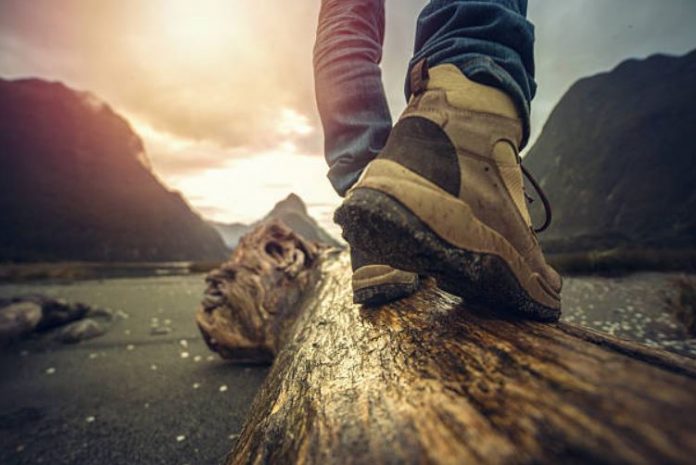There’s no doubt bushwalking has become very popular. Some people believe it’s because more and more of us are leading more sedentary lifestyles, such as spending more time in front of the computer, or the TV set.
Walking satisfies a need we have to get outdoors and get some exercise in a pleasant, natural environment.
Whatever the reasons, every country in the World has networks of walking tracks and trails, and more people are spending more time outdoors enjoying nature.
Bushwalking is good for your heart, your health, and your soul. And it doesn’t cost much!
Basically bushwalking is divided into three different categories, with the different gear required for each type of walk.
First is the half-day walk, then the full day walk, and then an overnight walk that could take several days.
Basic essential requirements to carry for each type of walk are different.
First, for a half-day walk, you will need a good comfortable day backpack to put your gear in, at least two liters of drinking water, and more if it’s hot. Nowadays no one can rely on the creek or river water being drinkable without first boiling it.
A sun hat, good walking shoes, fruit for a snack, and a first aid kit, is about all that’s required. Don’t forget your digital camera or your binoculars for bird watching!
A full day walk needs a little more gear. You will need lunch, extra water, a small billy for tea making, a compass, and you must know how to use it.
If you have room, stuff a thermal blanket, a torch, and a mobile phone in your day pack, just in case you get caught out, or lost, and have to spend the night out.
These items are all light and don’t take up much room. Obviously a full day walk involves a bit more to carry, than a half-day walk.
A walk that will be overnight, or over several nights, needs a lot of planning, and a fair bit more equipment. You will need to have a much bigger backpack.
Make sure it is comfortable when full. You will need extra water, especially if you are going into an area where water is scarce.
You will need bedding, a good map, a small signaling mirror, and you must be able to read your compass.
It’s important to understand what it’s actually telling you. Everyone knows a compass points North, but there’s a bit more to it than that if you are lost!
You will have to take dried or dehydrated food and something to cook it in. Many bushwalkers use their tea billy. Don’t rely on being able to live off the land!
Expect to live in the same clothes for a few days too! There are no showers in most bushwalking areas, although sometimes you may find a creek.
The room that spare clothing takes up in your pack is much better used for more important things. Like more food and water!
Other important safety issues are that you should never go bushwalking alone, and always tell some responsible person where you are going, and when you will be back. Don’t walk in the dark, make sure you leave in time to get back before sunset.
Don’t stray off the recognized track to take a short cut, you may get lost. If the weather is unstable, very hot, or very cold, stay at home and read a book.
Think safety all the time, and you will get a lot of pleasure out of even a short bushwalk. Most importantly, leave only footprints, and take only pictures!

